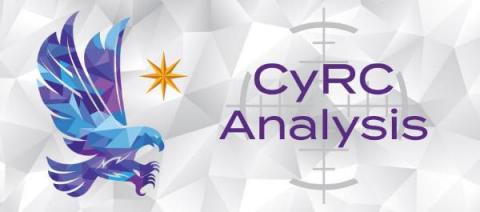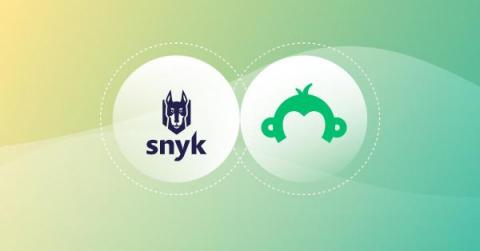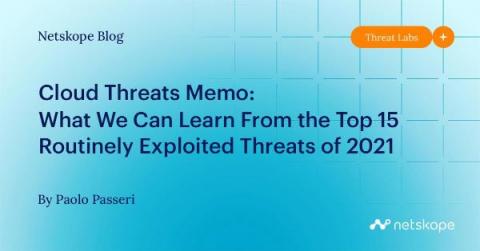Security | Threat Detection | Cyberattacks | DevSecOps | Compliance
Vulnerability
CyRC Vulnerability Advisory: Reflected cross-site scripting in Black Duck Hub
Happy 1st Birthday, Snyk Code!
Snyk Code is turning one! We’ve hit so many milestones in the last 12 months, and today we invite you to look back, celebrate, and peer into the future of code security with us.
SurveyMonkey talks with Snyk about developer security during hypergrowth
Many companies look to CISOs or compliance teams to manage security throughout software development. But this practice usually keeps security considerations separate from developers. CISOs can assign security tasks to developers, but if developers aren’t thinking about security regularly, those tasks may be overlooked.
Cloud Threats Memo: What We Can Learn From the Top 15 Routinely Exploited Threats of 2021
Have you ever wondered what vulnerabilities are exploited the most by threat actors? The answers you have been eagerly waiting for could be found inside a joint Cybersecurity Advisory (CSA) coauthored by the cybersecurity authorities of the United States (CISA), Australia (ACSC), Canada (CCCS), New Zealand (NZ NCSC), and the United Kingdom (NCSC-UK), plus the U.S. National Security Agency (NSA) and Federal Bureau of Investigation (FBI).
25+ Vulnerable websites to practice your ethical hacking skills
In recent times as the field of information is on the rise a new term ‘Ethical Hacking’ has emerged and opened many different avenues for IT and cyber security professionals. Now more and more people are getting familiar with the field of information security and are getting interested in learning about hacking skills.
This Week in VulnDB - Golang IOT Manager & PHP Zend framework
CIS Control 7: Continuous Vulnerability Management
The Center for Internet Security (CIS) provides Critical Security Controls to help organizations improve cybersecurity. Control 7 addresses continuous vulnerability management (this topic was previously covered under CIS Control 3). Continuous vulnerability management is the process of identifying, prioritizing, documenting and remediating weak points in an IT environment.
Phishing, OWASP, EASM, and hacking WordPress - top themes from Hack Yourself London
When Algolia’s security program manager Regina Bluman ran a Twitter poll to see how many people within the security industry understood the concept of EASM, she didn’t expect that the term is far from being on an IT security team’s radar. Moreover, most were not even aware of it.
Why Vulnerability Management Must Go Beyond CVSS to Priority Scoring
What’s your role in the vulnerability management process?










